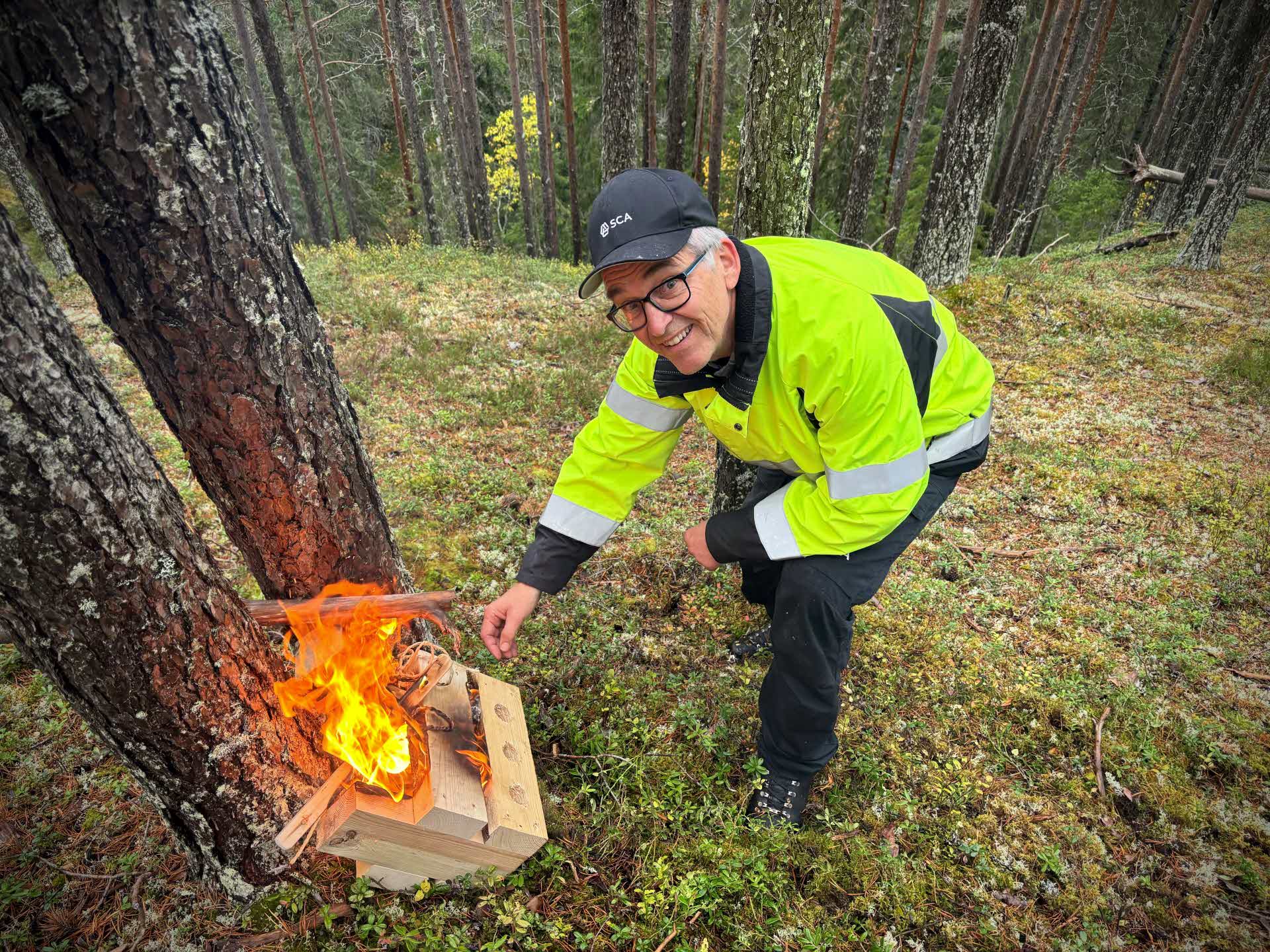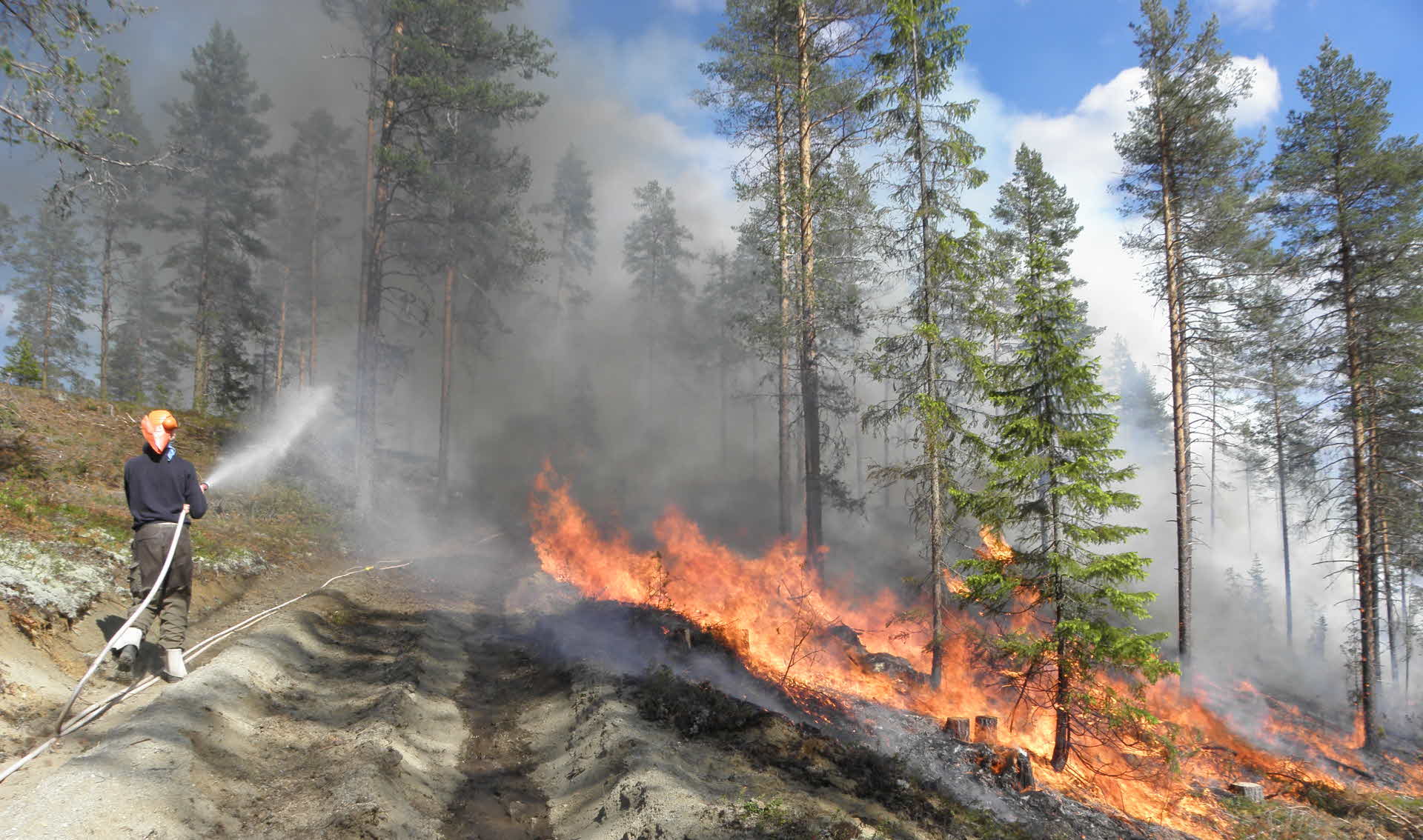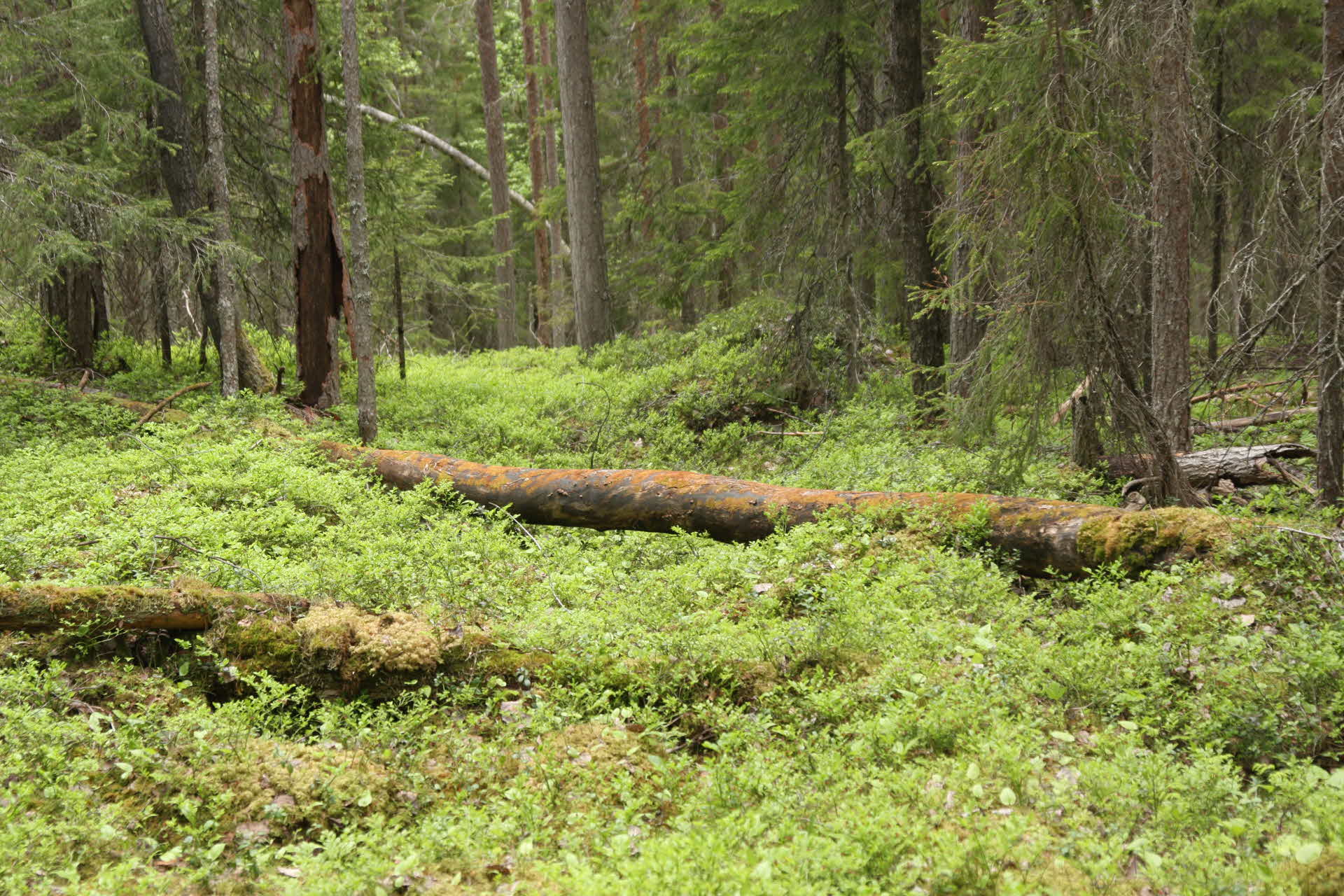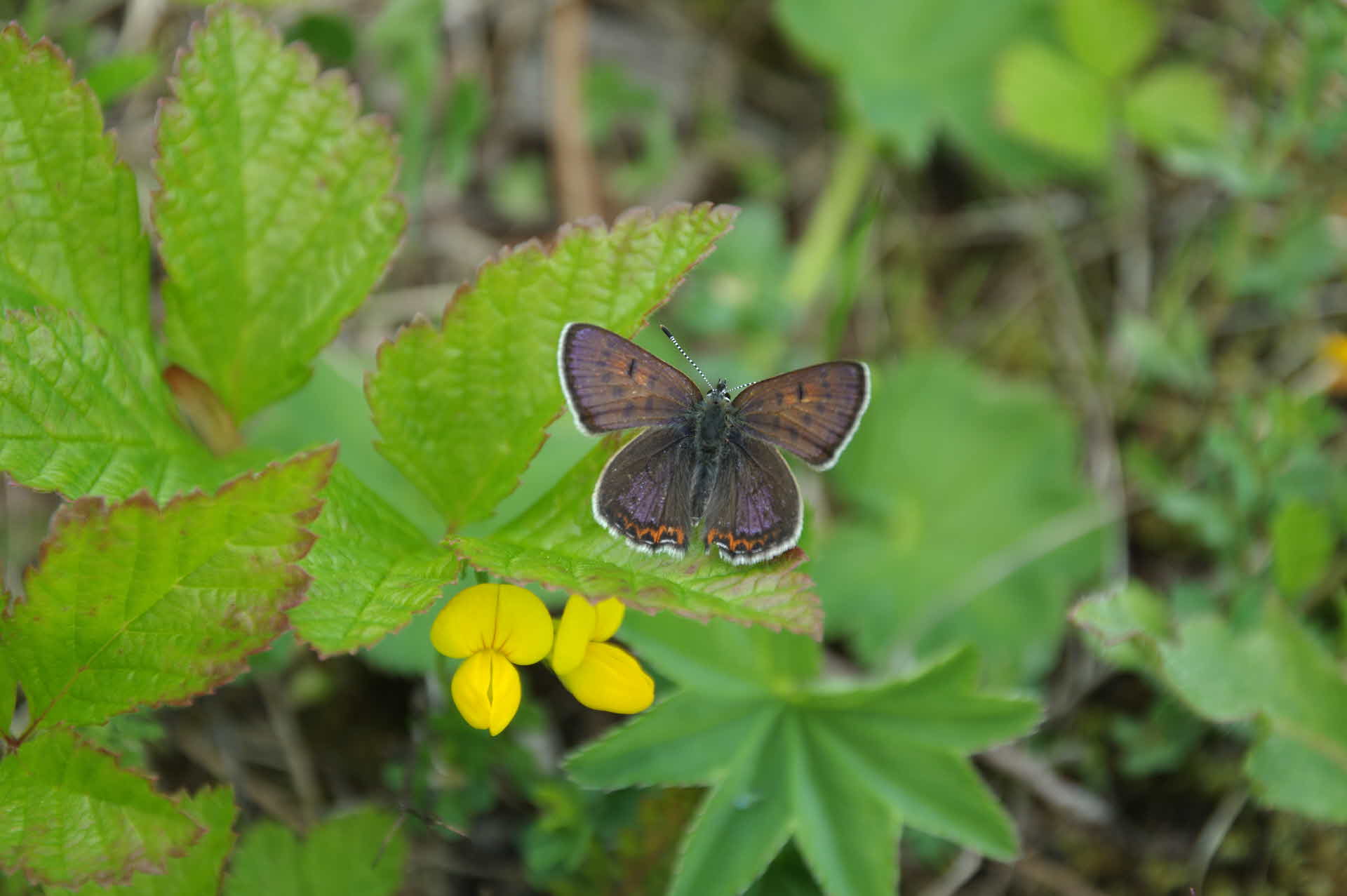
- MEDIA
- MORE OLD AND VALUABLE TREES WITH NEW METHODS
More old and valuable trees with new methods
- Article
SCA’s conservation efforts are increasingly focused on developing and promoting the conditions for biodiversity. Through active measures such as veteranization, SCA aims to create more old, biologically valuable trees and raise the quality of the forest – rather than just passively protecting it.
Nature conservation work is moving in an increasingly proactive direction, with greater emphasis on activities that can create more old trees and better conditions for biodiversity.
Traditionally, Sweden has focused on various forms of passive conservation, where areas are excluded from forestry either through formal protections such as nature reserves or voluntary set-asides. Alongside this, SCA has managed five large biodiversity parks, where protected areas are combined with forestry using methods that specifically safeguard natural, cultural, and social values. This has created good opportunities for research and follow-up on different measures.
“We are convinced that in many respects this is an effective complement, where we ourselves actively take measures rather than only managing sites that have been set aside. It is possible to give nature a helping hand, and that is something we will place more emphasis on going forward,” says Ola Kårén, Head of Forest Management at SCA.
Two clear examples of this are what is known as veteranization and basal stem burning of trees. In both cases, the aging of the affected trees is accelerated – hence the term veteranization. These measures give trees the kinds of features that were once common in old-growth forests that burned naturally.
In both methods, deliberate damage is inflicted on the trees, forcing a reaction in which the trees exude resin and impregnate their own wood. Growth is also slowed, and the wood formed after the damage becomes harder, with denser growth rings. Over time, the tree will attempt to bridge the injury with new wood and bark. The resulting wood is known as “fatwood,” a method well known in earlier times when tar production was an important forest industry.
In veteranization, either a cutting tool or a chainsaw is used to strip bark from one side of the tree. The damage need not be larger than from two meters above the ground down to the base, and about 10-30 cm wide depending on the tree’s thickness. In basal stem burning, a small fire is instead lit at the tree’s base, creating a burn scar of similar size on one side of the tree.
“These kinds of damaged trees can become extremely old and develop traits that have long-term positive effects on, for example, wood-inhabiting lichens and fungi. Since in the past 100 years Sweden has seen relatively few and small forest fires, such damage does not occur naturally to the same extent as before. That’s where active forestry can step in and take responsibility by adding more of these kinds of trees,” says Ola Kårén.
SCA was the first of the major forest companies to adopt a conservation strategy and has recently updated it to place greater emphasis on proactive measures, where the company itself works to create the conditions for more biodiversity.
Kårén notes that veteranization and basal stem burning are two measures that can be scaled up and over time could become recurring practices in the conservation areas left within managed forests.
“In all our logging operations, consideration is given in the form of, for example, leaving individual trees, tree groups, and buffer zones. We want to create more trees with the potential to become ecologically valuable in areas we’ve already decided not to harvest. It is rational to coordinate active forestry with proactive conservation measures, thereby creating higher ecological values in the forest,” says Ola Kårén.
“If this can be done cost-effectively, then relatively quickly we will have a large number of trees developing these special characteristics. Every year SCA conducts forestry operations in thousands of locations and can contribute a significant number of such trees which, over time and across the landscape, will clearly benefit biodiversity,” says Ola Kårén.


